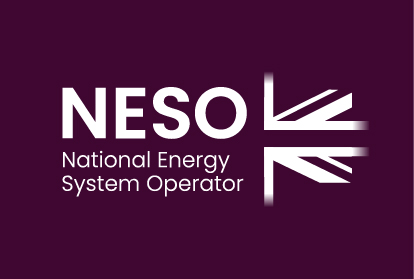The project aims to identify the best available meteorological data to model power systems at a range of time horizons, from two weeks ahead through to 2035. Having a firm understanding of the changing weather patterns and climate the UK will face in the coming years is a crucial part of being able to implement and manage a resilient energy network which delivers security and reliability of supply. Access to the right data sets will allow stakeholders to better plan the future energy requirements and better forecast energy supply and demand, reducing the risk to the network from climate change and resultant changes in weather patterns.
Benefits
This project would deliver a clear understanding of where existing datasets could be used by power system modellers, clarity on data restrictions associated with any data access and recommendations as to how these could be tackled. Reliable recommendations on how gaps in datasets could be filled, with estimates of the scale of gaps potentially informing future projects. Recommendations on how data could be made available via meteorological data providers and the development of material to promote the use of relevant datasets. Clear advice as to the potential applications of datasets to improve modelling, as well as any possible limitations of the data.
Learnings
Outcomes
The first phase of the project identified how weather and climate data is currently being used by NESO for security of supply modelling across timescales from 2 weeks ahead to 15 years ahead. This included an understanding of; (1) the source of the data, (2) how it has been post-processed (e.g., bias correction, variable transformations), (3) how large is the dataset (e.g., number of years and spatial region) and (4) how the different datasets at combined during periods where the analysis time frame overlaps.
This analysis highlighted that for modelling projects which are outside of the operational weather forecast timescale (e.g., greater than 14 days), there is a reliance on historic weather data (from climate reanalysis) to represent the possible variability of weather. There is currently no operational modelling which uses seasonal forecasting products or climate projections.
The second phase of the project produced a comprehensive review of all of the weather and climate data which is available to meet the needs of the Energy Security of Supply modelling. The review provides detailed information as to how the datasets were created, how they are updated and where they can be accessed.
The third phase made use of follow-up workshops and interviews with the NESO teams to jointly identify gaps in their current pipelines with respect to the best possible uses of weather and climate data. Furthermore, a set of short demonstrator projects were designed and developed with some of the teams to highlight some sensitivities to the choice of data and the potential improvements that could arise from changes in existing methods and data.
The final phase of the project identified a set of recommendations as to how the enhanced use of weather and climate data could benefit energy modelling efforts not only within NESO but also across the wider energy sector. The recommendations were:
- Consistency in the use of historical data: Ensuring a standardized approach to the use of historical data including methodological decisions such as bias adjustment of datasets, temporal and spatial downscaling, variable transformations and the selection of climatological reference periods. Consistent use of historical data ensures comparability across teams. It helps align all teams to the same dataset protocols, making their decisions more reliable and reproducible.
- The added value of enhanced climatologies: Integrating climatological datasets, such as ensemble climate hindcasts. These datasets can provide a more complete representation of the weather features of a reference period and capture unprecedented events, offering a deeper understanding of the current climate and extreme events that may not be evident in historical datasets.
- The need to account for climate change: Supporting the integration of climate projections when appropriate and ensuring data pipelines that consider historical data properly account for potential trends associated with climate change.
- Exploring potential benefits of the use of sub-seasonal to decadal forecasts. Investigating the opportunity of integrating forecasts at longer lead times for teams making decisions that range from two weeks to ten years ahead. Potential to improve risk management decisions at longer lead times for example identifying periods of tight margins or peak gas demand in an upcoming winter.
Lessons Learnt
A key learning from this project is the importance of defining a flexible scope, particularly for a project which considers a vast range of modelling applications. Leaving flexibility to allow for a change in direction or a deep dive into a particular topic is useful even for relatively short projects.




